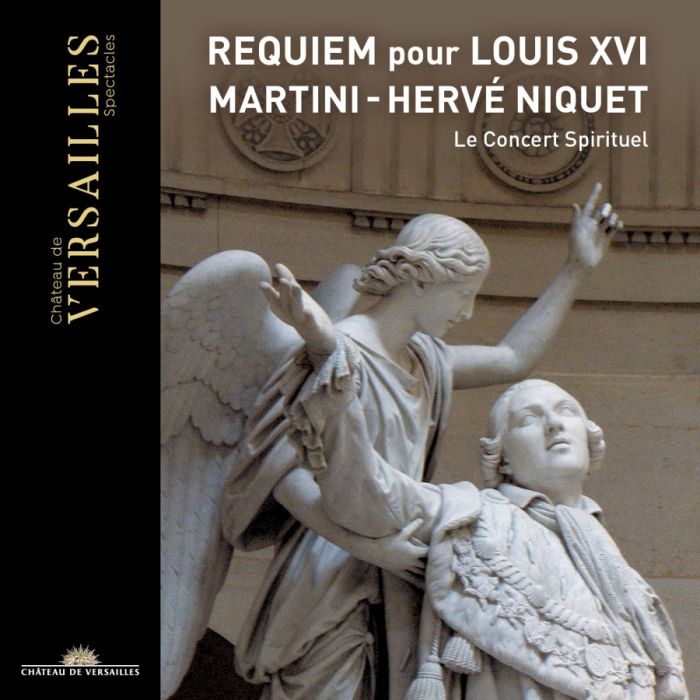
(Produkt nie został jeszcze oceniony)

kompozytor
Martini, Jean-Paul-Égide
tytuł
Martini: Requiem pour Louis XVI
wykonawcy
Le Concert Spirituel, Niquet, Hervé
nr katalogowy
CVS 022
opis
In 1813, when the Institute was preparing to elect a successor to Grétry, Martini asked to be considered as one of the candidates and provided a list of his works, of which the last entry was a “Requiem Mass, newly composed (engraved)”. Although the Tablettes de Polymnie showed that he had already composed a requiem in 1811, Martini concealed the age of the score and made it appear to be a new work, undoubtedly to lend more value to his application. Wisely “dedicated to the souls of the most famous composers”, without specifying the names, the Requiem Mass was published by Leduc at the beginning of the Restoration, when Martini finally took charge of the King's Chapel, an office that had been granted to him in the dying days of the Ancien Régime. • Thanks to this post, he had the privilege of hearing his Requiem Mass at Saint-Denis on 21 January 1815, when the remains of Louis XVI and Marie-Antoinette were transferred to the basilica. The work was performed again a year later in the same place to celebrate the anniversary of the martyr King, following a decision by Louis XVIII. • As there was very little time between the fall of Napoleon and the ceremony in January 1815, it is highly probable that the musician, then aged 74, used the Requiem Mass he had composed under the Empire, possibly extended by three Motets, which are now kept at France's National Library in manuscript form (De profundis, Adagio, A custodia). This Requiem Mass for three soloists (soprano, tenor and bass), choir and orchestra is particularly notable for the demands of the solo bass part: from the vocalises of the Liber scriptus to the use of a megaphone in the Oro supplex, Martini demonstrates the Italian influence on French sacred music at the turn of the century.
nośnik
CD x 1
wydawca
Château de Versailles Spectacles
data wydania
5.05.2020
EAN / kod kreskowy
3770011431267
Produkt nagrodzony:
ICMA 'Nominee' (2020)
79,00 zł
Produkt dostepny w niewielkiej ilości.
Wysyłka w ciągu 3 dni roboczych
Darmowa wysyłka dla zamówień powyżej 300 zł!
Darmowy kurier dla zamówień powyżej 500 zł!
sprawdź koszty wysyłki
